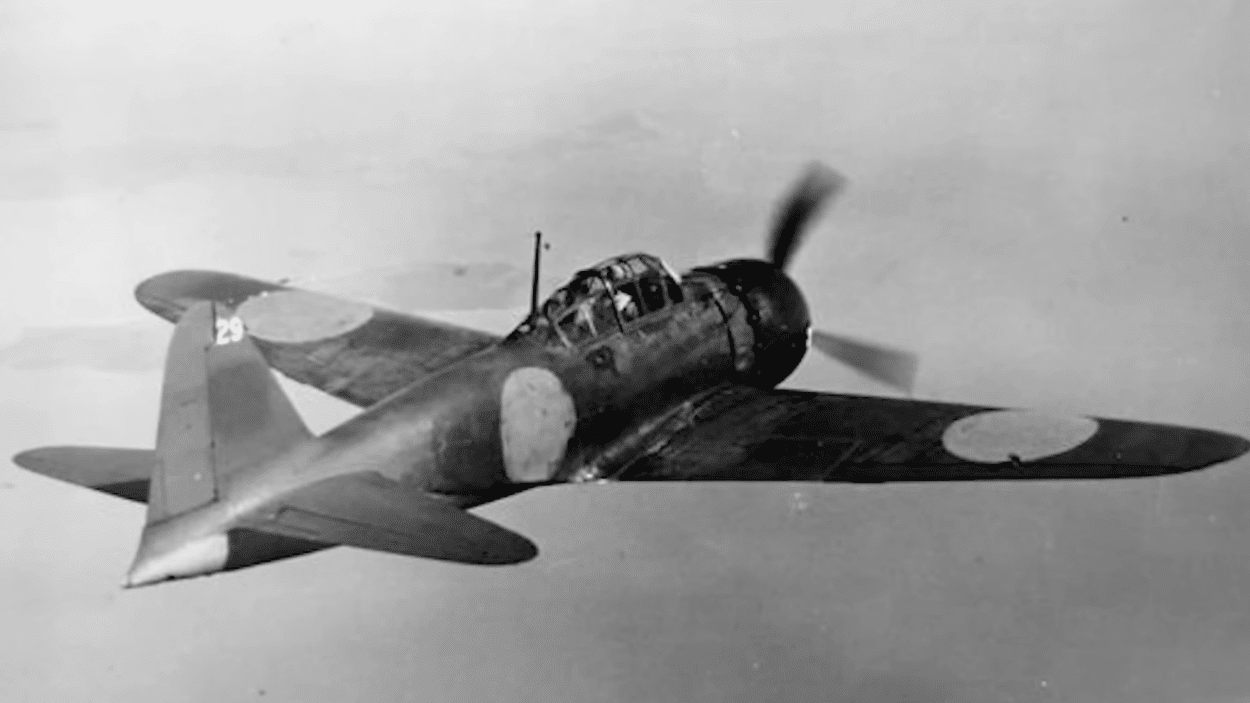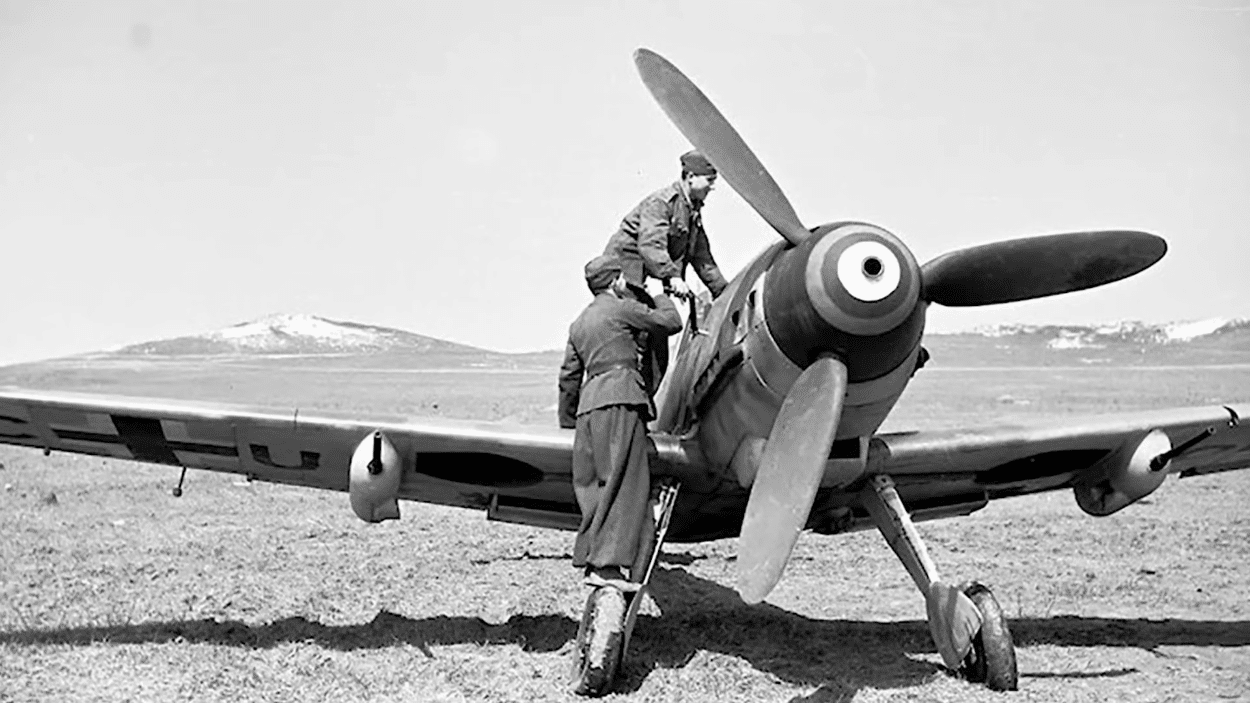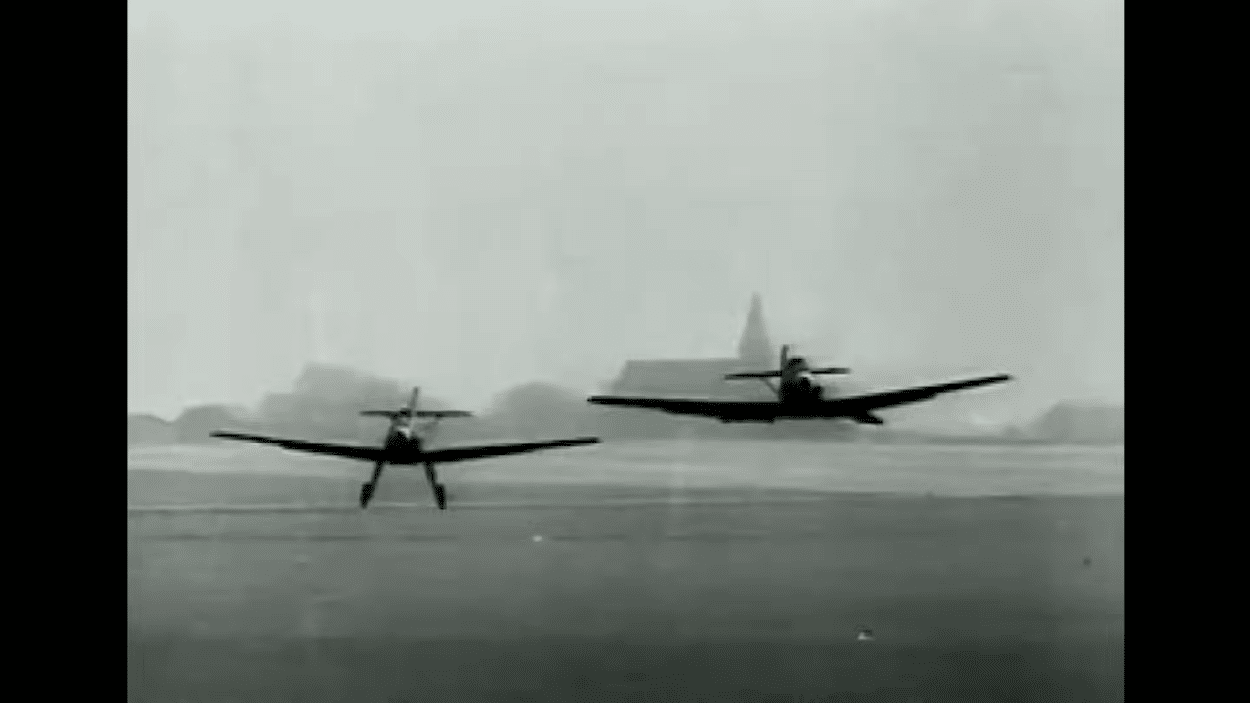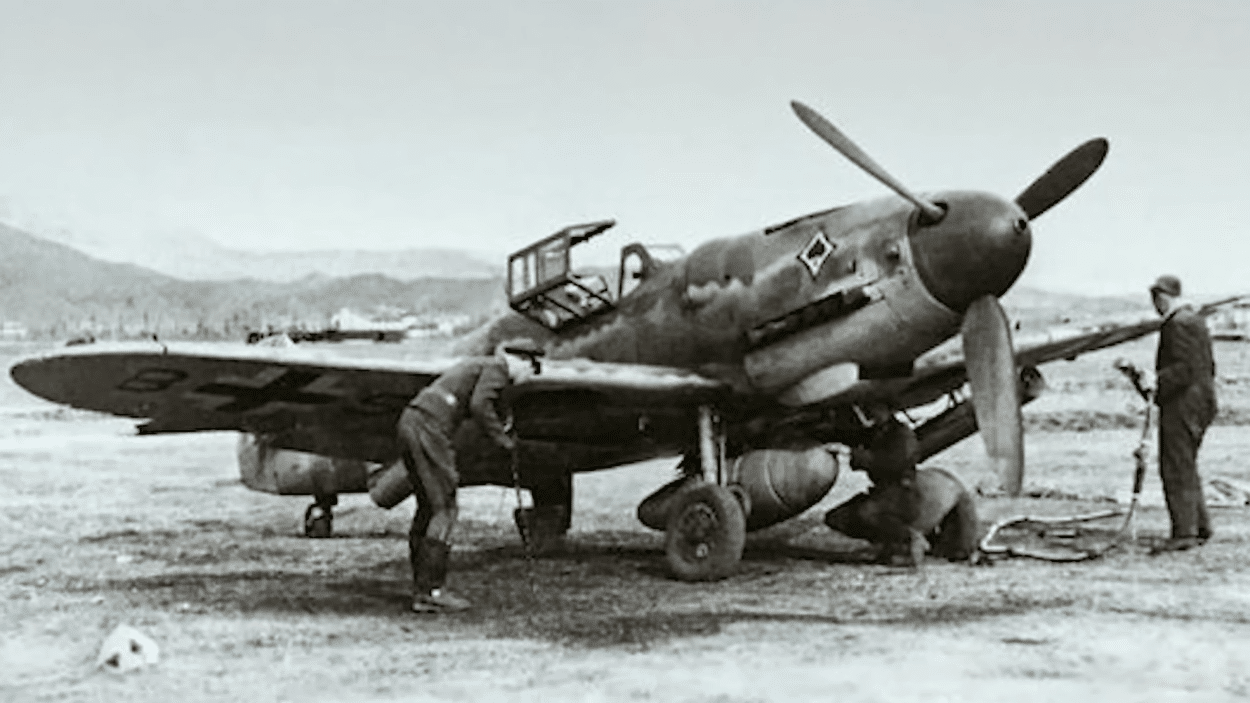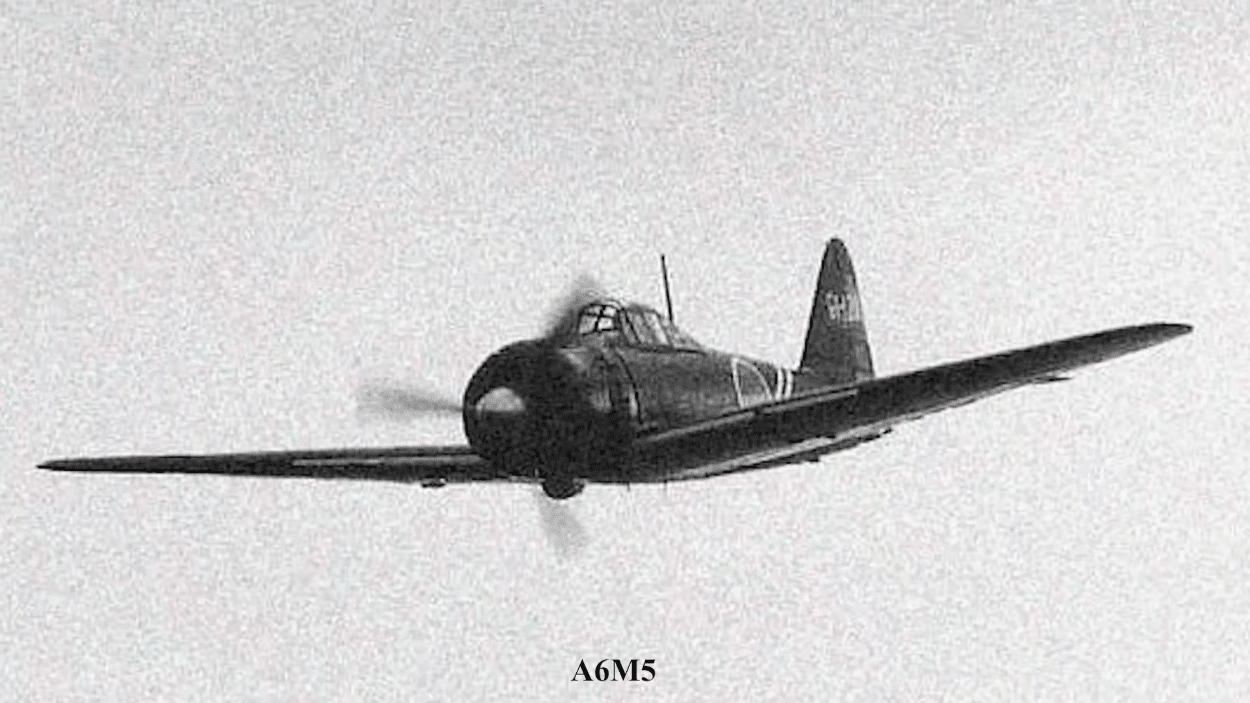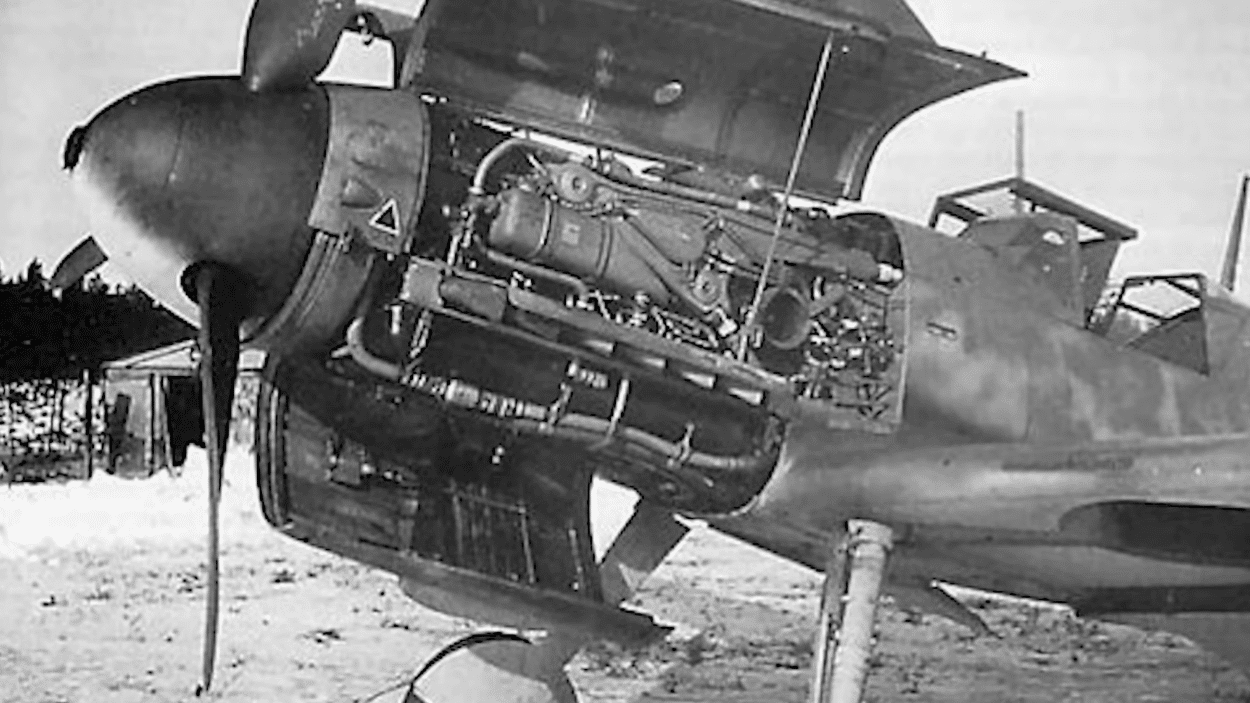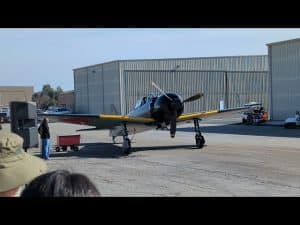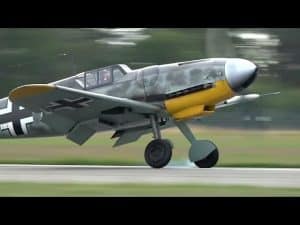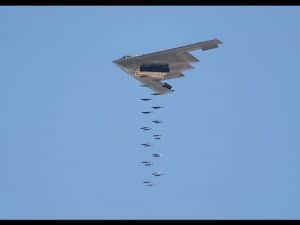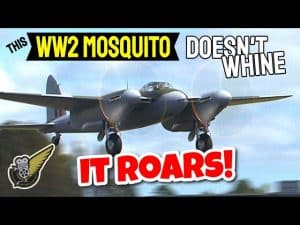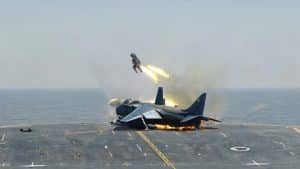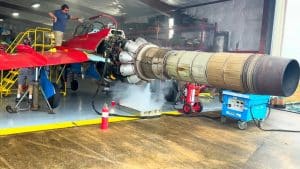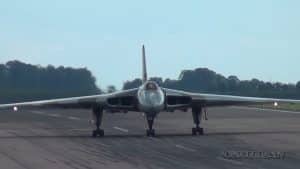Bf-109 vs A6M Zero: Which One Was Better?
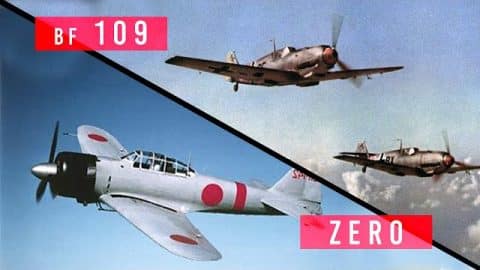
YouTube / Australian Military Aviation History
During WWII, both Germans and Japanese developed various fighter aircraft. With a multitude of planes rolling off the production line, both air forces continued to rely on fundamentally pre-war designs.
For the Germans, this was the Messerschmitt Bf 109, for the Japanese, it was the Mitsubishi A6M Zero. But which of these Axis fighter planes were superior?
The Japanese Zero
It was argued that when the US and Japan first entered the conflict, the Zero was the most capable aircraft in the skies, outmatching early versions of the 109, the Spitfire, and any US aircraft operating at that time.
It was a long-range carrier-based fighter that was operated by the Japanese Imperial Navy between 1940 to 1945.
Messerschmitt Bf-109
The Bf 109, also known as the Me 109, remains one of the most recognizable fighters of WWII. With its sleek design and formidable armament, it represented the peak of German engineering during a rather tumultuous time in history.
But how does the Bf 109 actually compare to the Zero?
Comparing The Two
During the first years of the war, Zeros racked up a kill ratio of 12:1, but in the end, this dropped significantly.
The actual kill ratio of the 109 remains a subject of dispute. Reportedly, it had a 1.47:1 victory ratio over RAF aircraft; 1.22:1 over the Spitfire, and 1.78:1 over the Hurricane.
In terms of speed, we also see a considerable difference. The A6M5 was capable of reaching 350 mph, which it achieved at 15,000 feet.
Meanwhile, the Bf 109 was clocked at 452 mph at 20,000 feet.
In terms of range, the Zero can fly up to 1,160 miles just off of internal fuel, and up to 1,400 miles with an external fuel tank. On the other hand, the 109 had no such capability. With internal tanks, it can reach just around 450 and 750 miles.
Weaknesses
One of the Zero’s weaknesses was its use of a carburetor rather than a fuel injection.
This meant that any movement that leads to less than positive 1G on the aircraft would cause its engine to stall.
It’s also an extremely fragile aircraft- even the slightest of damage can bring it down.
Meanwhile, the 109’s main weakness was its range. It also used a framed square canopy with poor rear visibility.
Conclusion
There’s no doubt that the Zero was a great aircraft- but it was limited for a specific purpose for a specific period of time.
Despite having a powerful engine, its airframe design was limited, and the added weight limited its maneuverability and fuel efficiency.
On the other hand, the 109 was truly a revolutionary design.
Although it was inferior to the Zero during the early stage of the war, its versatile design allowed for upgrades that not only made it a much better fighter than the Zero but a plane that could compete with anything that was thrown at it.












